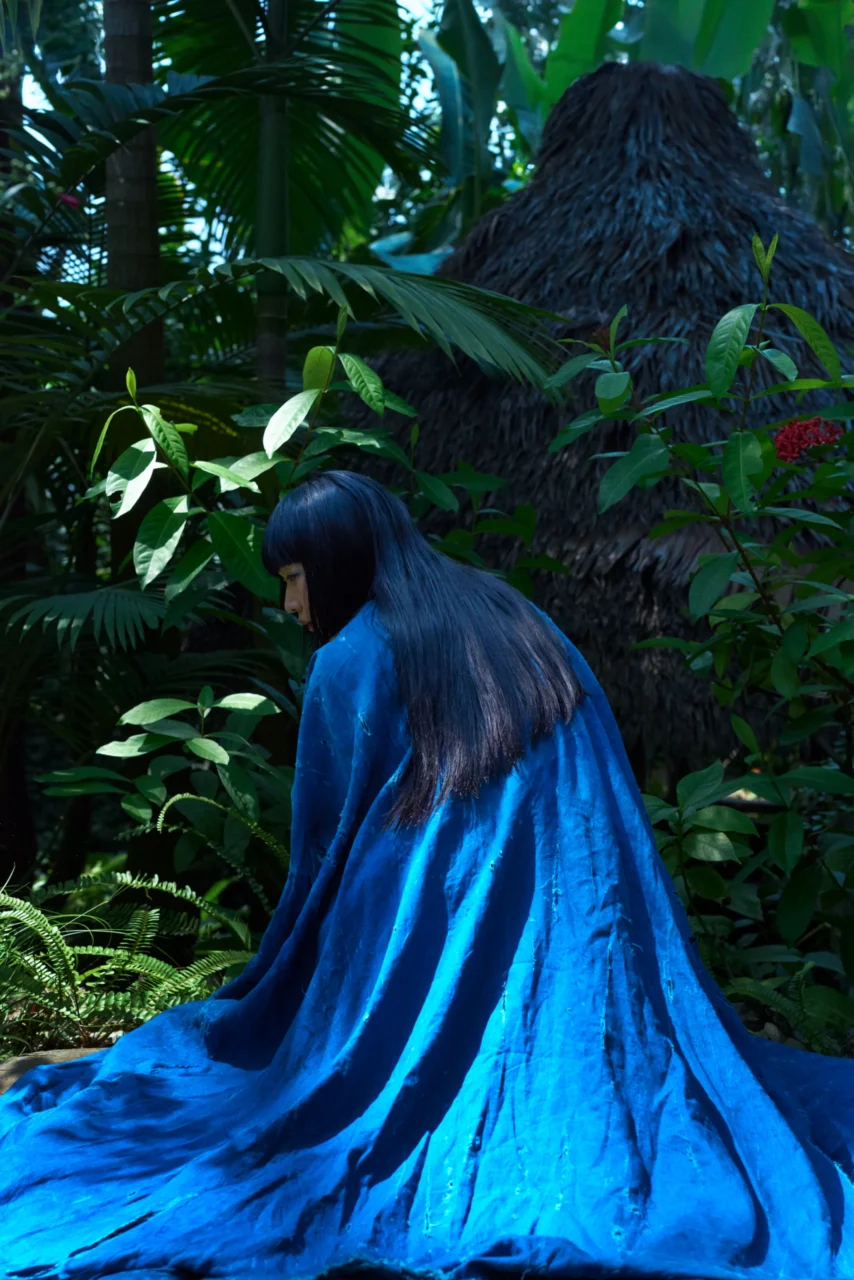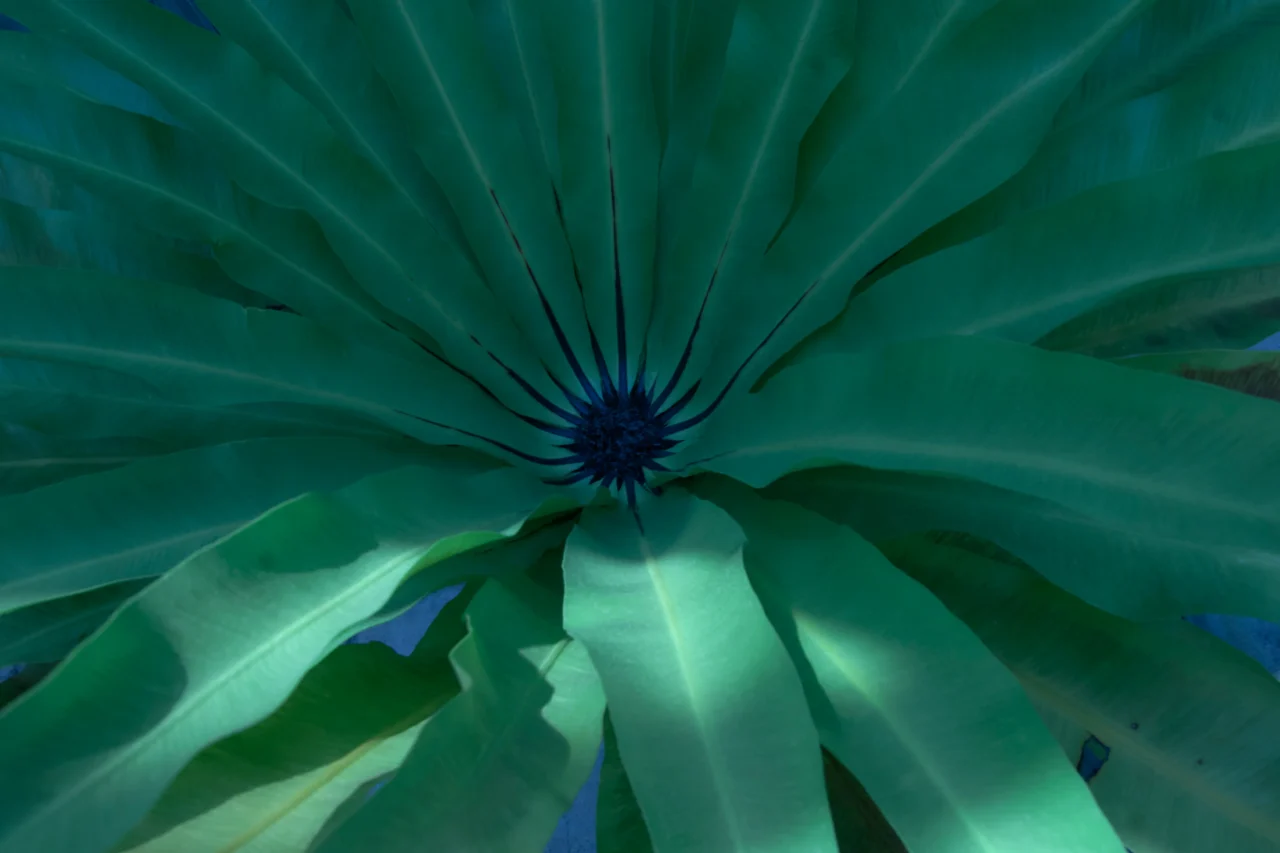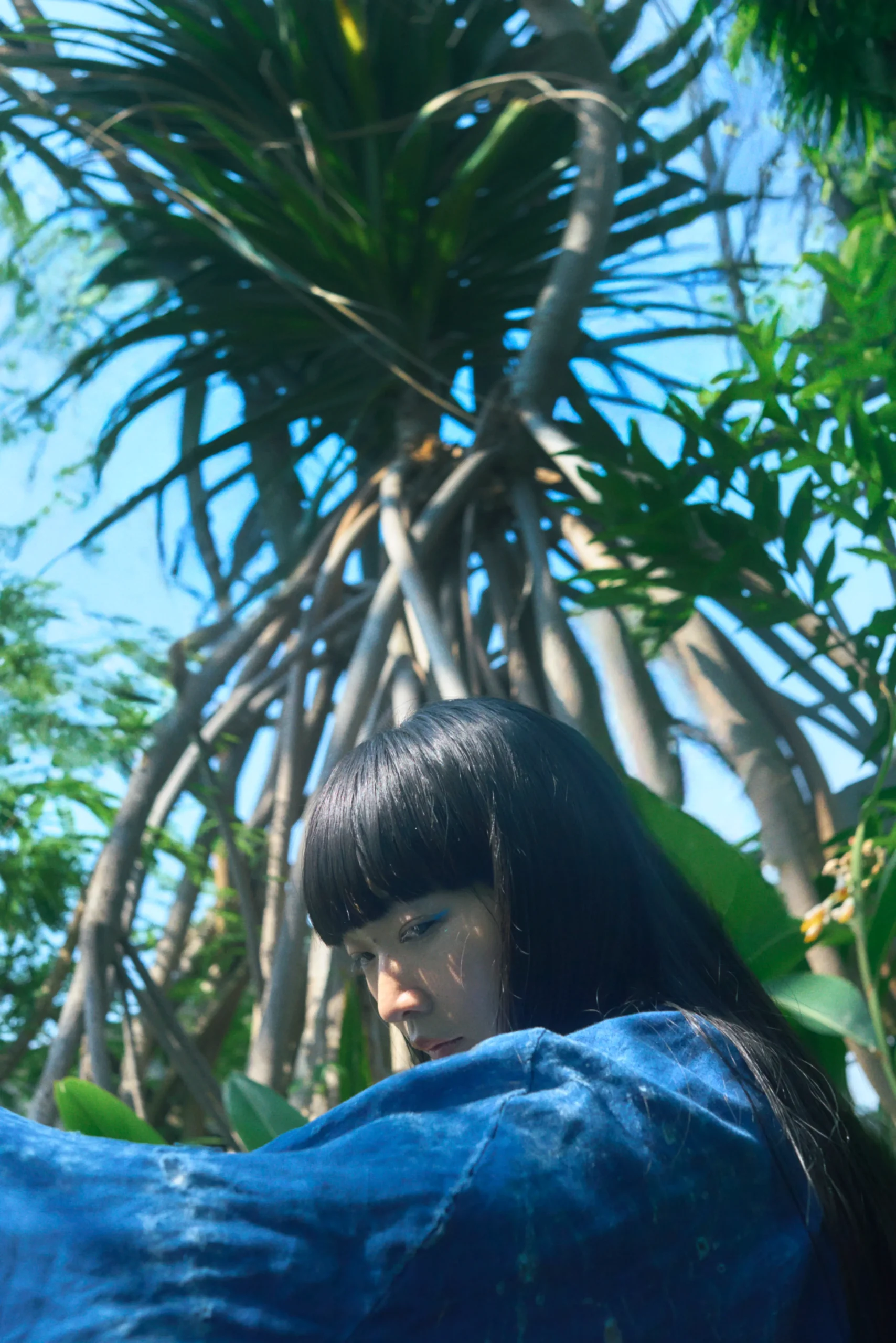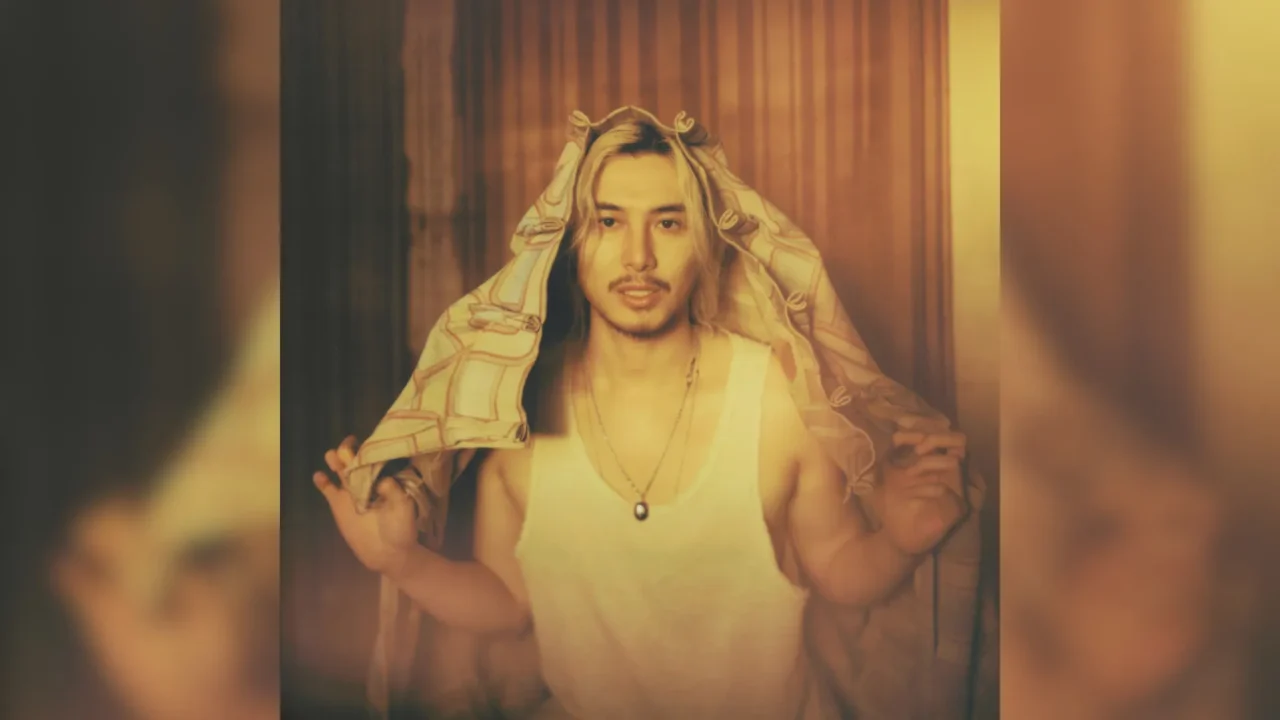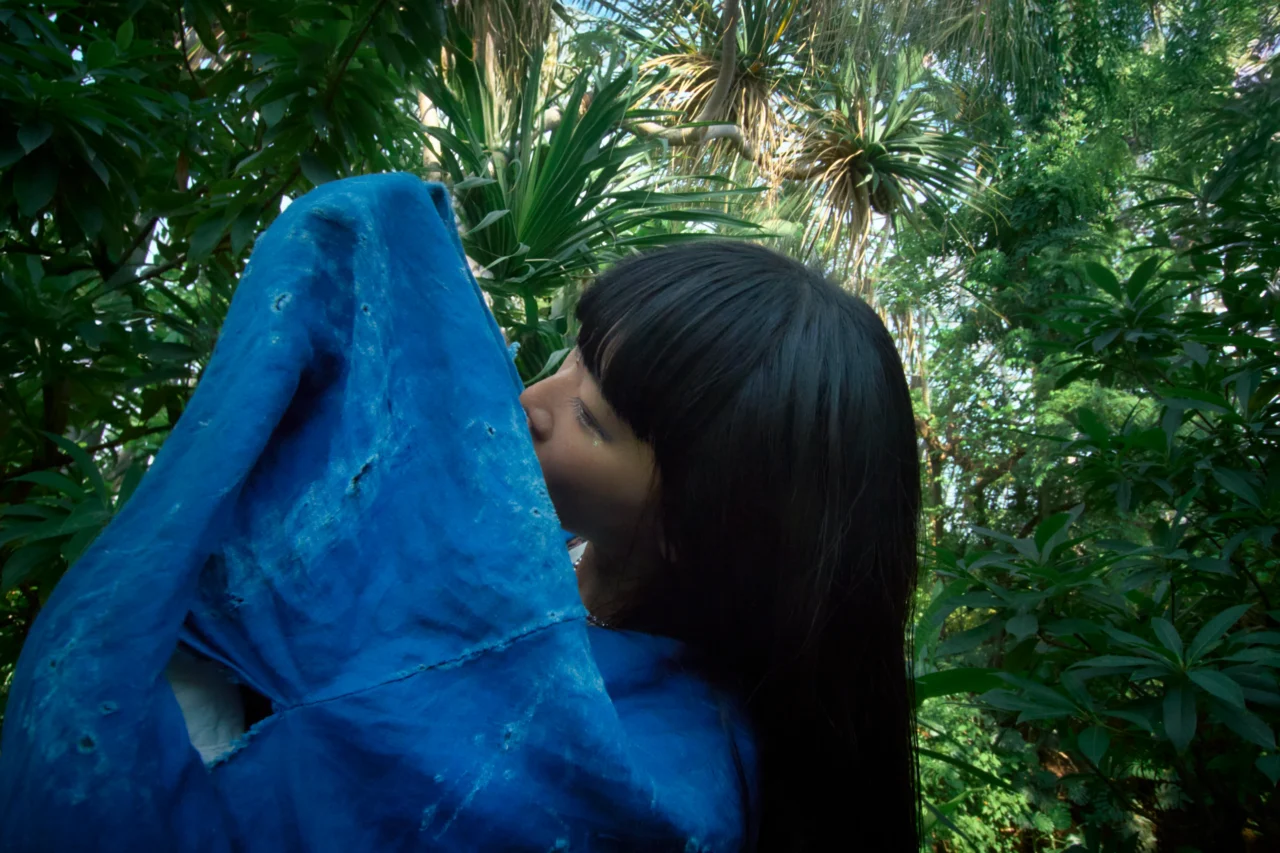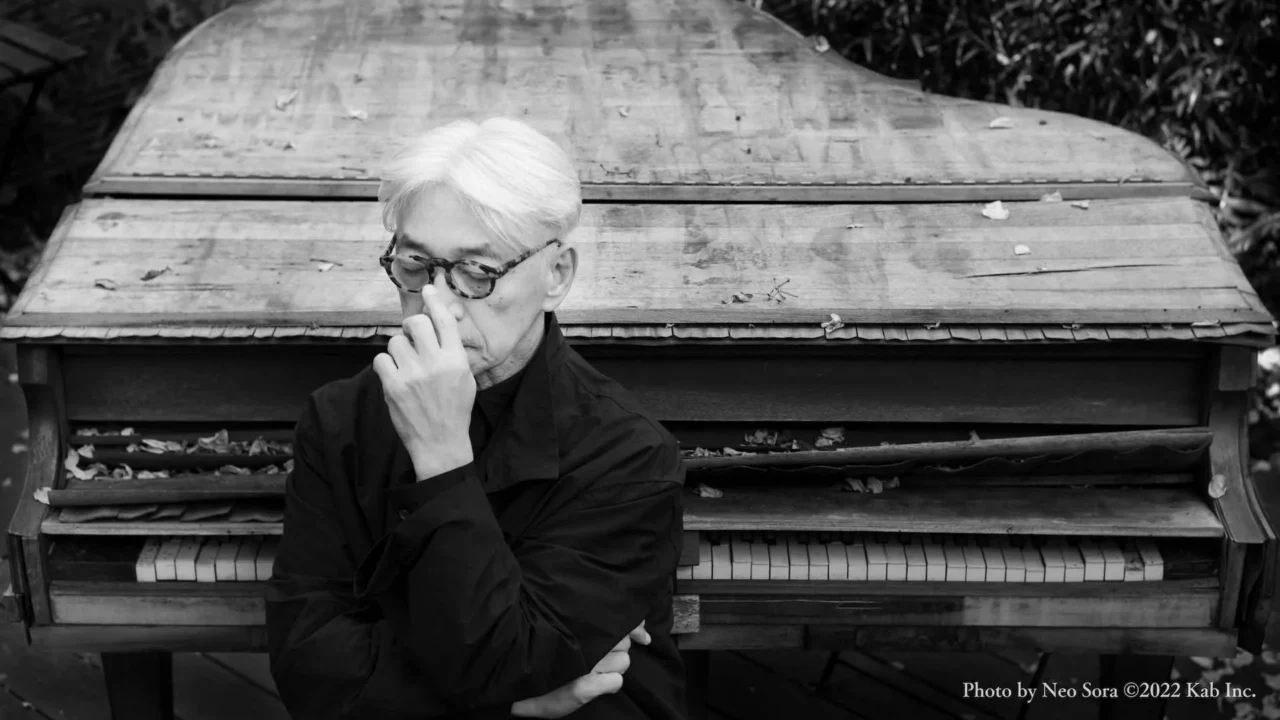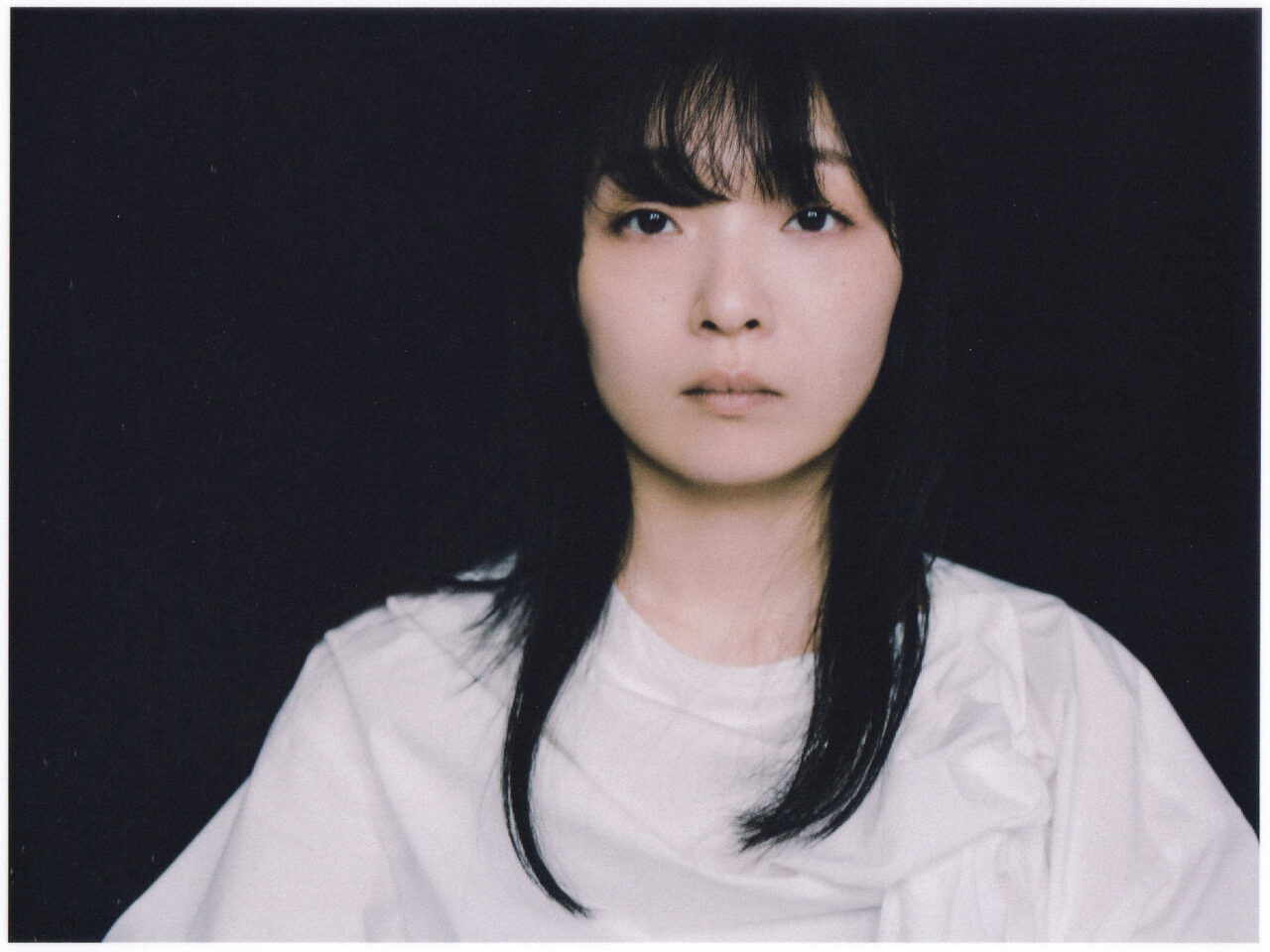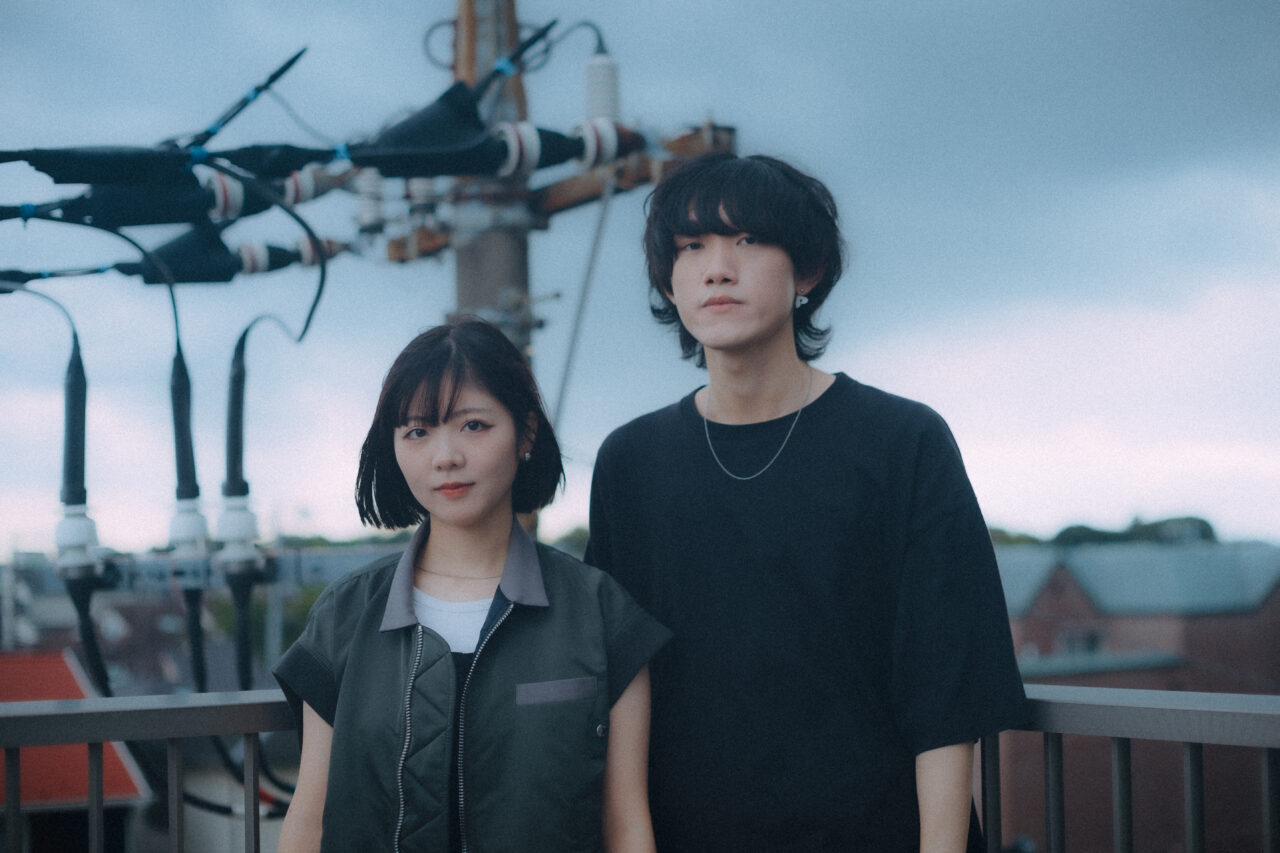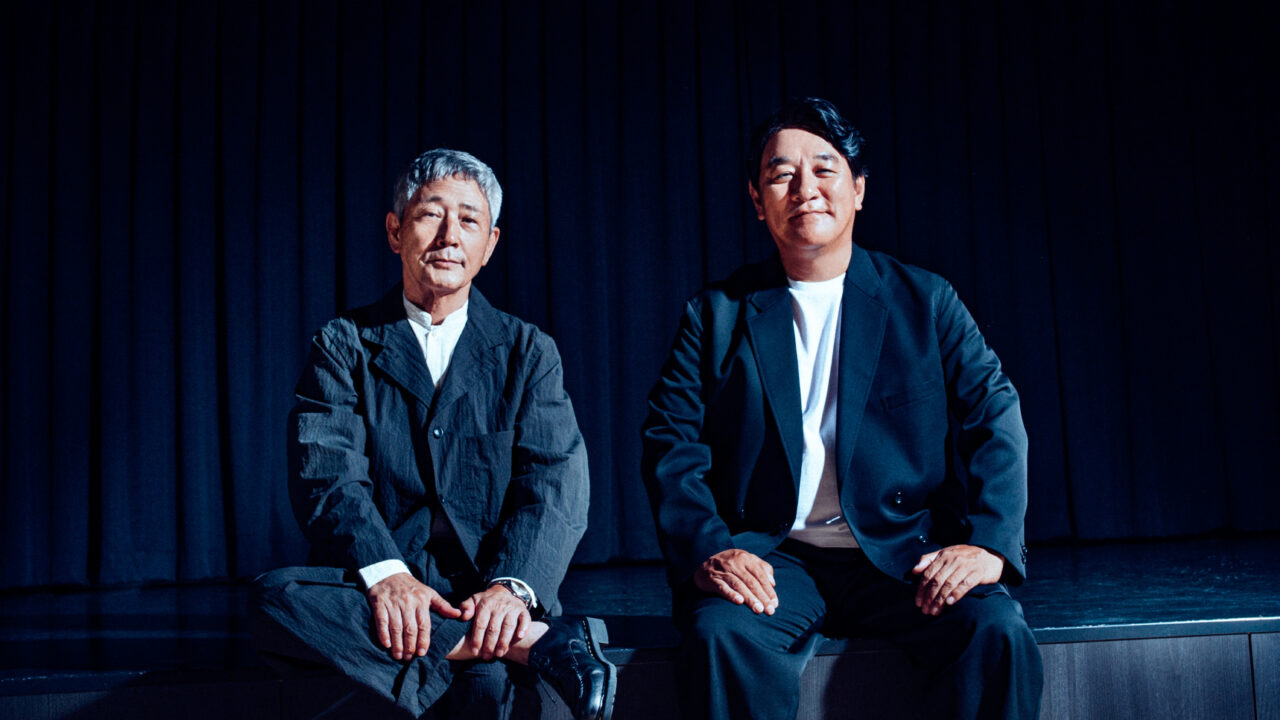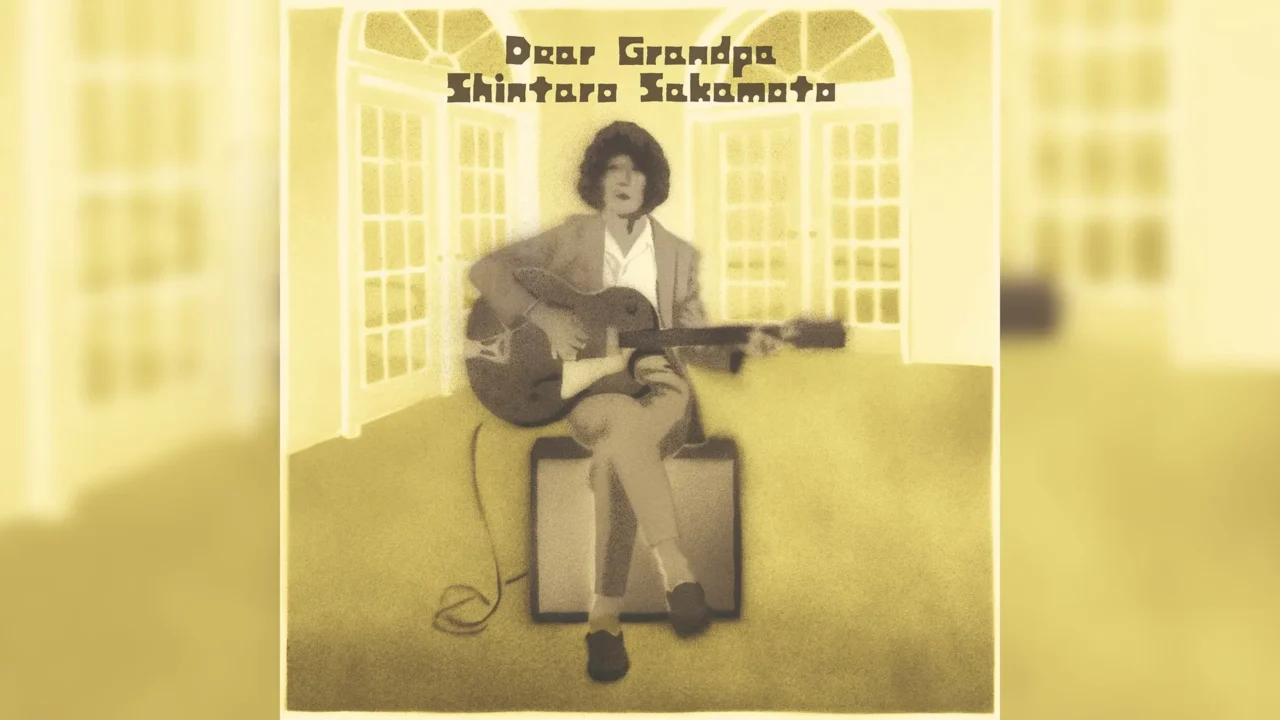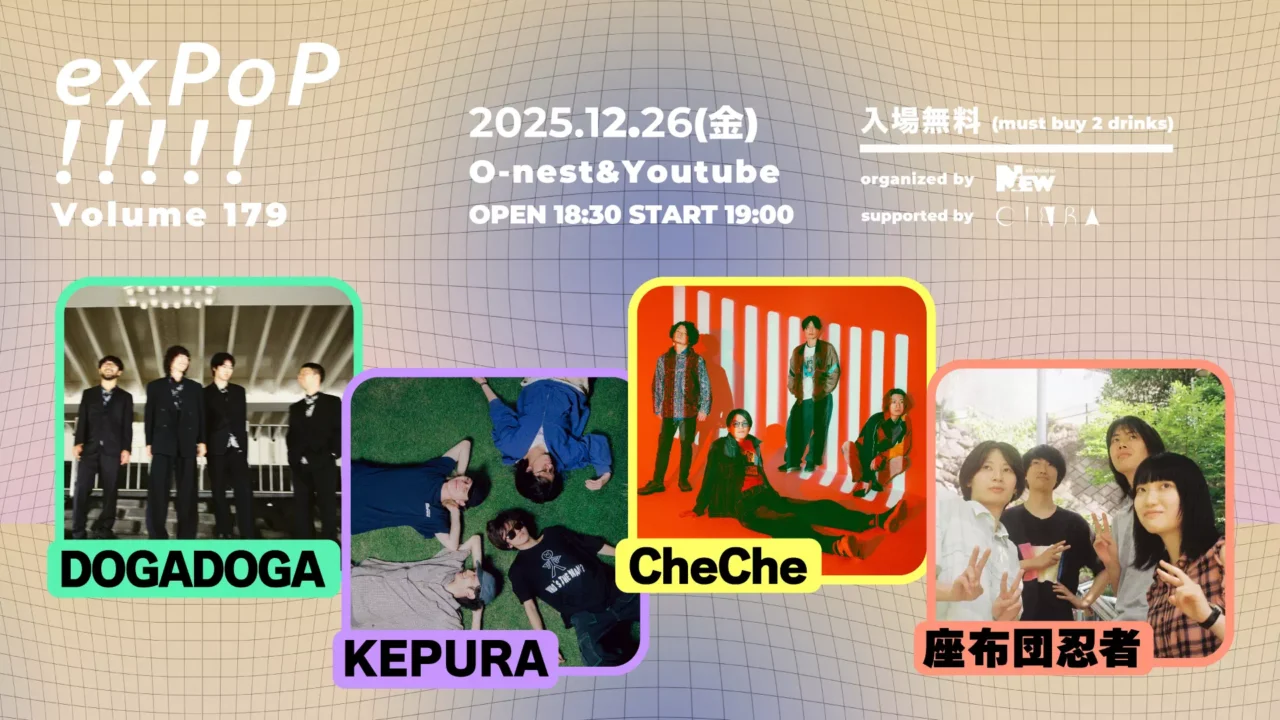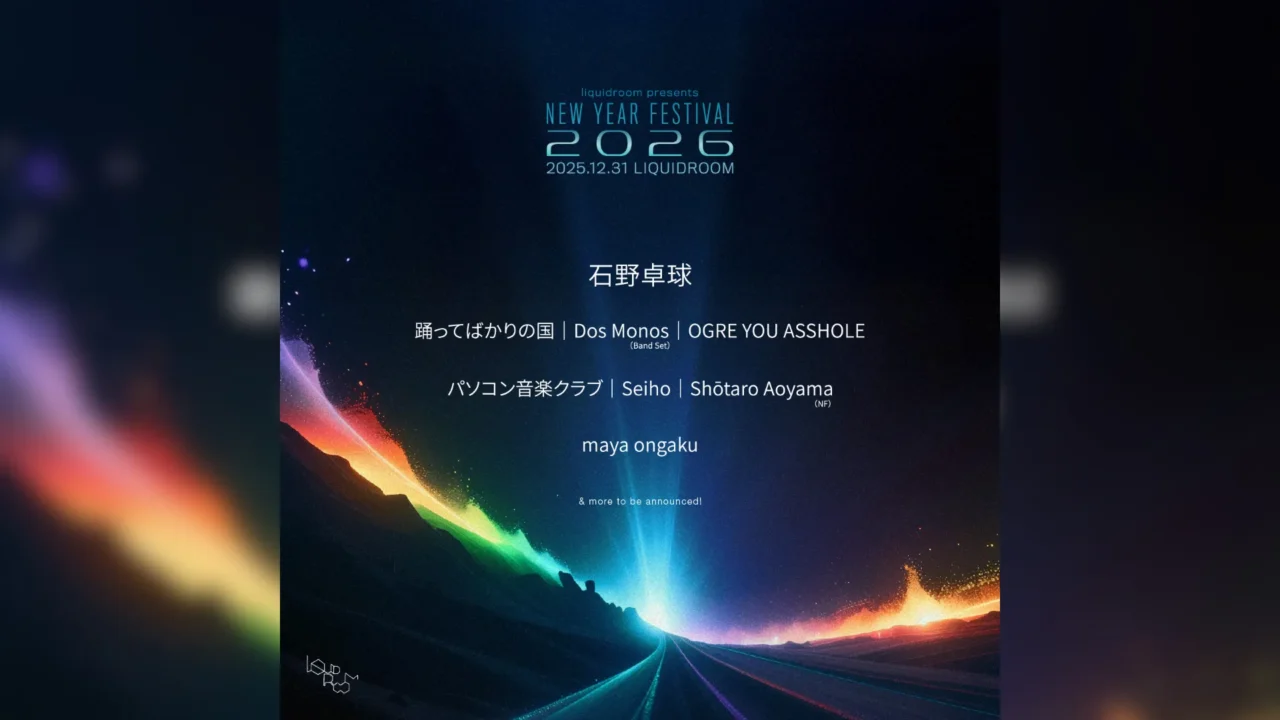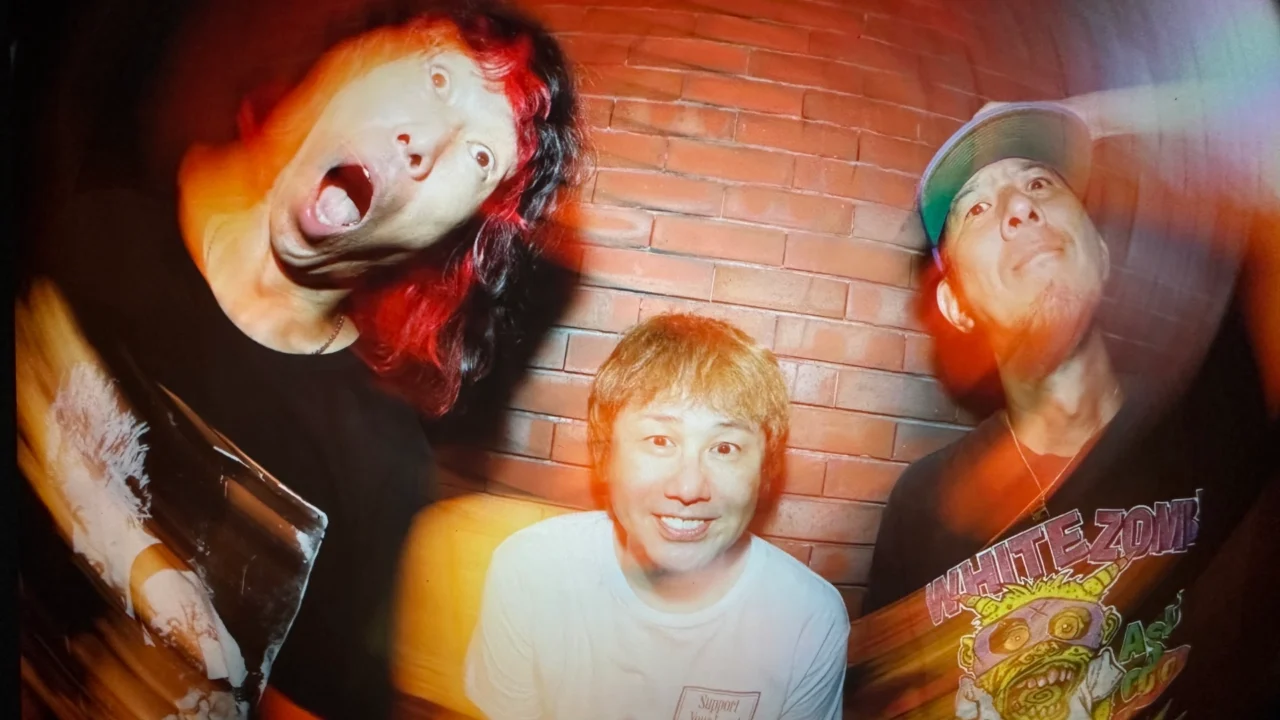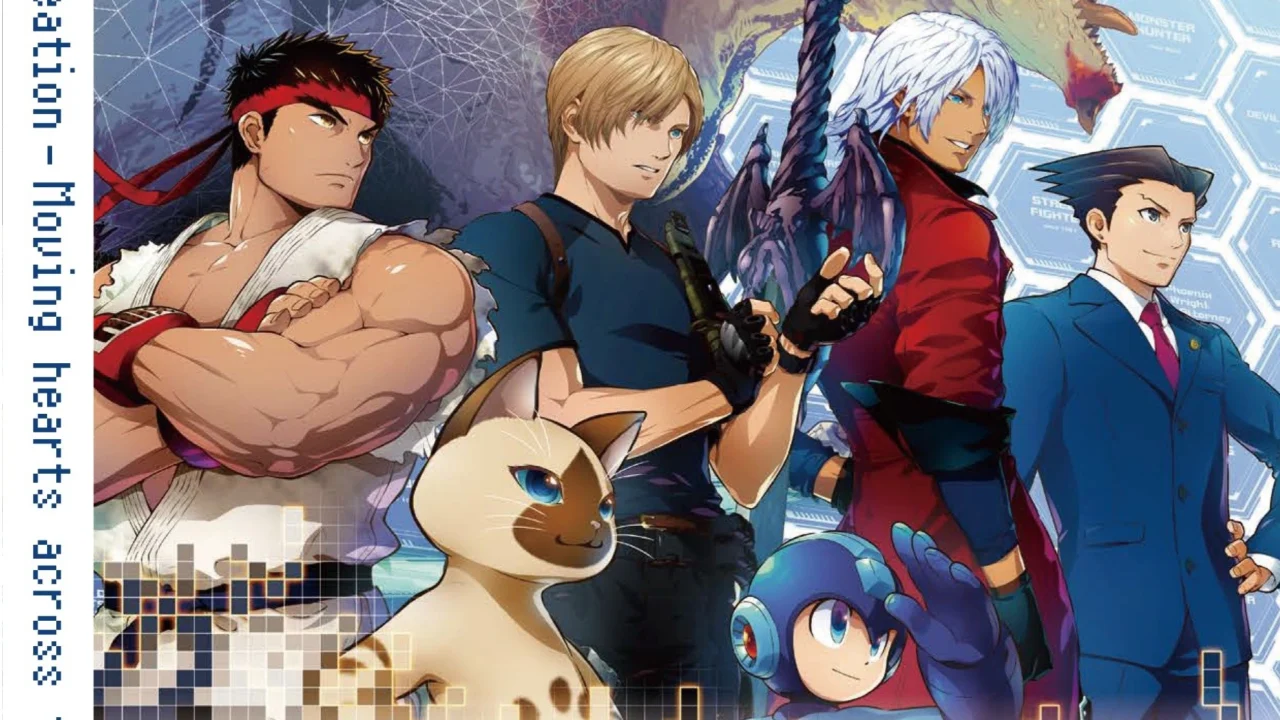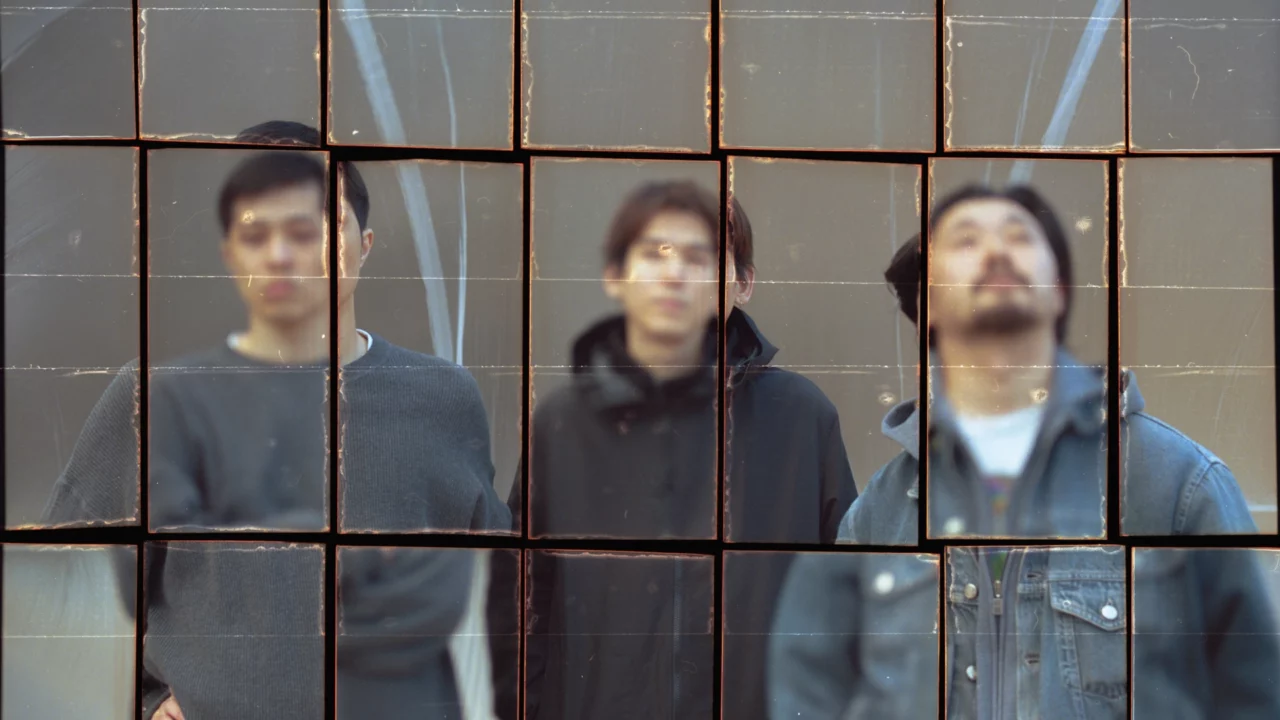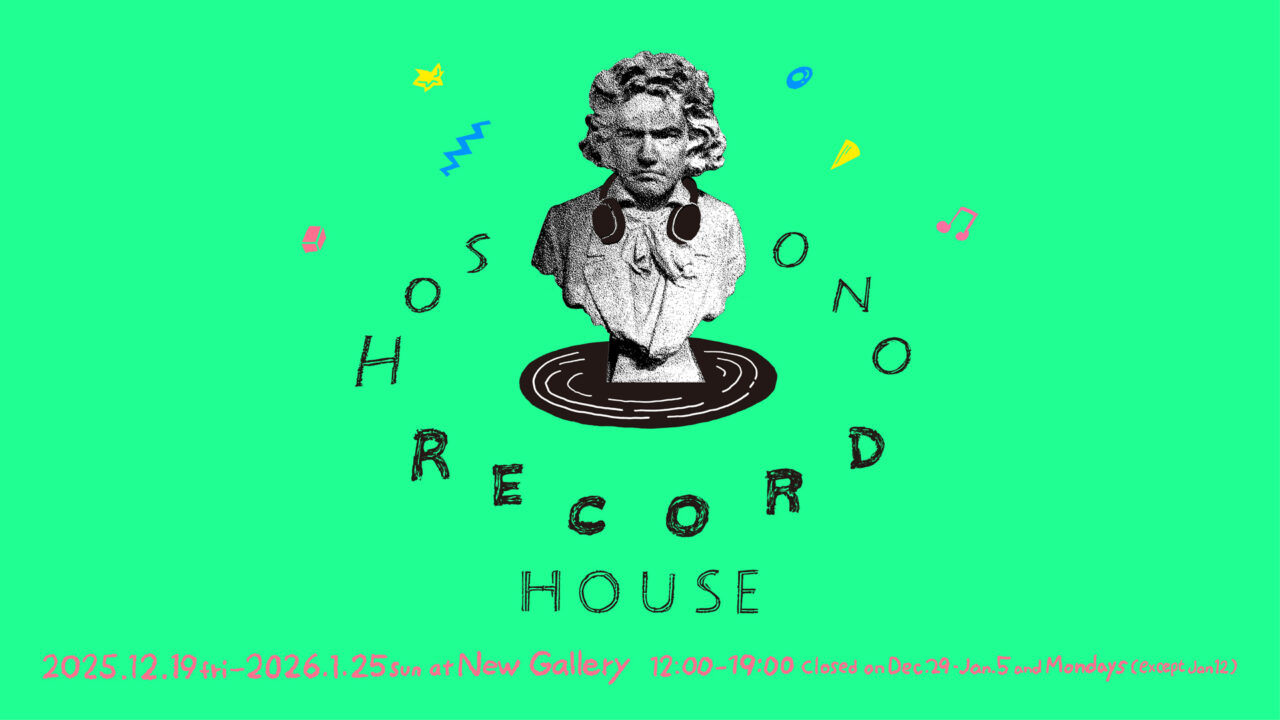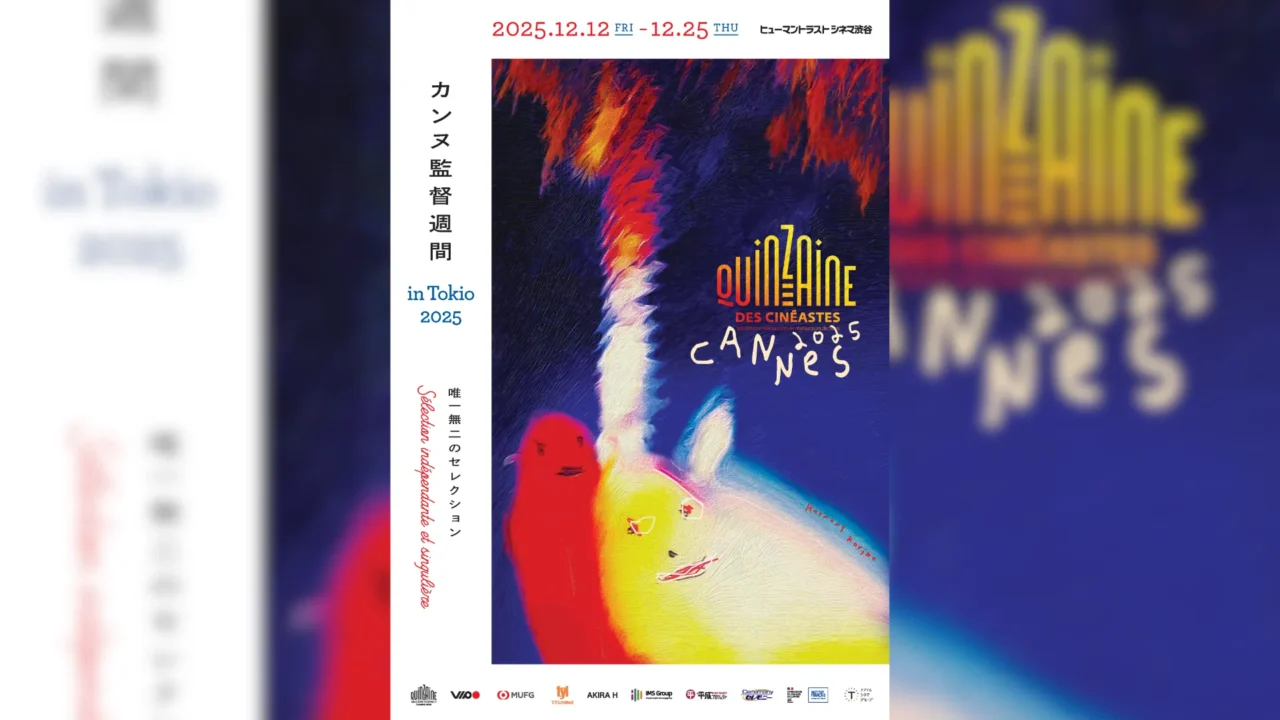INDEX
Diving into Island Rituals, Preserving Sacred Songs, and Capturing the Voices of Elders
On Hateruma Island, I hear that various folk rituals are held at sacred sites called uganju and utaki, and a wide variety of sacred songs have been passed down.
Aoba: If you include rituals that aren’t open to the public, there are an incredible number of them. There’s even a calendar distributed that lists only the local events. Each village has its own rituals, and each ritual has songs associated with it. But nowadays, fewer and fewer people can actually sing them, so often only the lyrics remain in written form. I’ve heard that sometimes people just read the lyrics aloud and that’s the end of it.
That must feel heartbreaking.
Aoba: It really is. I have a nee-nee, Okinawan and Yaeyama for “older sister,” who always plays the sanshin with me. She’s from Hateruma, so she remembers the songs her mother and grandmother used to sing. Right now, we’re recording and transcribing these songs together. I hope that when children who have left the island return, the sheet music and recordings will allow them to sing these sacred ritual songs once more.
So in the process of connecting with the locals, you’re learning these sacred songs yourself.
Aoba: Exactly, I’m still in the midst of learning them.
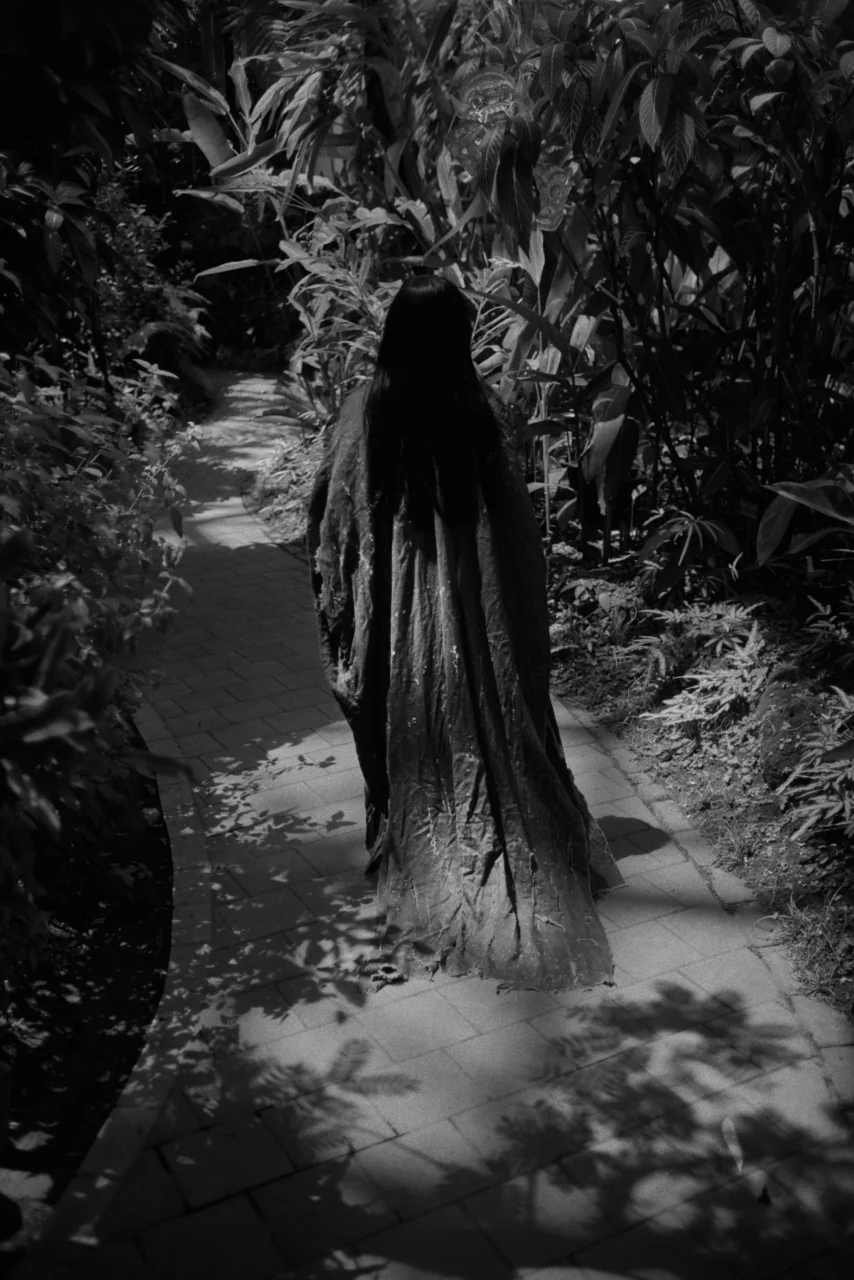
Sacred ritual songs are entirely different from the popular music most people listen to. They’re sung for the gods or spirits. When you first experienced these songs, what was it like?
Aoba: If you look at the historical records, the lyrics appear in various places. For example, some are included on the CD PATILOMA Hateruma Koyō-shū 1 (2009). But the way each person interprets the melody, the phrasing, is limitless. I feel it’s such a loss that this richness hasn’t been fully preserved. My nee-nee once said that during the sacred rituals, everyone sings in their own way, and that’s what gives you goosebumps.
That’s amazing. So there’s no single, fixed way the songs are sung.
Aoba: Exactly. When five or six grandmothers begin singing, each with their own phrasing, there’s a moment when it feels like “the place itself” starts to sing. Somehow the trees go quiet, and she said, “That feeling is gone now.”
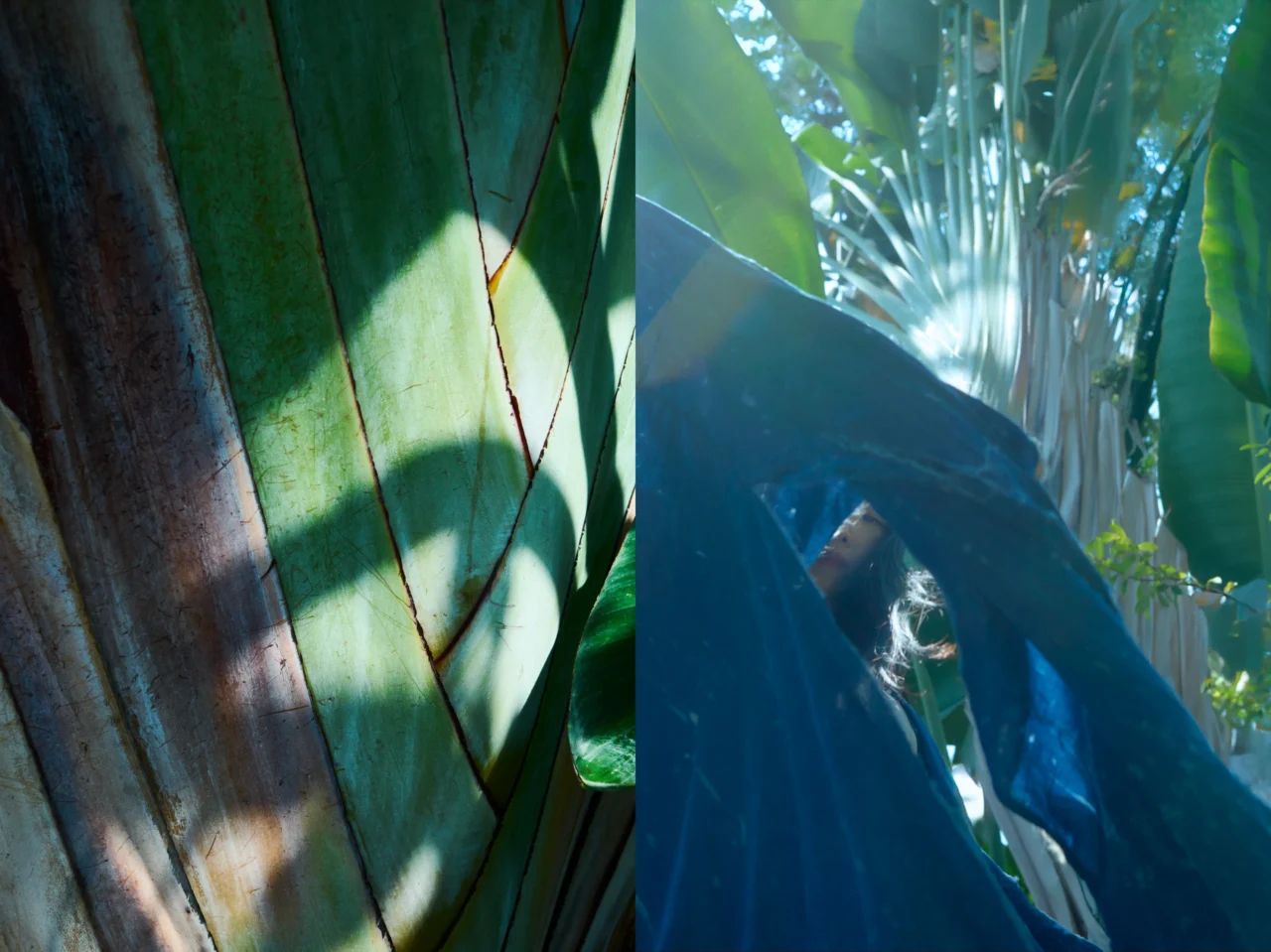
Since 2023, you’ve also been taking part in Mushaama, the traditional ritual that prays for abundant harvests and honors ancestral spirits.
Aoba: Yes. The festival had been suspended during the pandemic, so 2023 was the first Mushaama in four years. A couple who had moved to the island and become teachers taught me the sanshin, which made it possible for me to participate. Since it had been so long, everyone had forgotten some of the steps. It made me realize how much people remember the details because it’s an annual event.
I hear that in the Michisanee, the costumed procession, you play the sanshin.
Aoba: yes, the Michisanee features women performing the Inasuri-bushi, horse dancers called Uma Musha, clowns known as Boobuza, and many other participants in a line. I play the sanshin and sing as a jikata for the Mirukun-ji, performing the song for the god Miruku-sama, who brings bountiful harvests and happiness.
*Jikata refers to a musician who primarily provides accompaniment on the sanshin.
I saw some photos from that event on your Instagram, and you looked like you were having a great time.
Aoba: Yes, it was so much fun. Mushaama is a festival where we welcome the ancestors and let them enjoy songs and dances. It’s essentially a festival for the entire island, so it’s a major event. During Mushaama, the whole island really comes alive with the celebration.
When you sing and play music at Mushaama, is it very different from your usual performances, or did it feel familiar once you started?
Aoba: The main differences are that I’m playing a different instrument than usual and performing songs that I didn’t compose myself. But in terms of making music, it doesn’t feel that different. It’s just a different role, but the energy is the same. Normally I perform solo, but at Mushaama I’m playing alongside hundreds of people, so it feels like being part of a massive ensemble.

Has taking part in Mushaama changed the way you see Hateruma?
Aoba: I think it has. Being part of Mushaama let me experience a more human side of Hateruma. Even the small conflicts and tensions are part of what makes it interesting. I probably shouldn’t say “interesting,” or people might get upset [laughs].
Still, some people can appreciate those quirks, while others find them unbearable and leave. On Hateruma, that line is very clear. They even say that if you can’t fit in, “the island will push you away.”
Do you ever feel like the island is pushing you away?
Aoba: Not at all, at least for now. I feel like I’m handling it pretty well. Because it’s such a small island, relationships aren’t overly intense. There are people living in the same village whom you might not see for a whole year. It’s a tiny place—you’d think it’d be impossible not to run into each other—but that kind of distance seems to help everyone maintain their connections.
